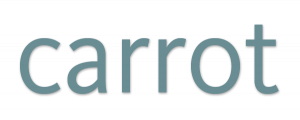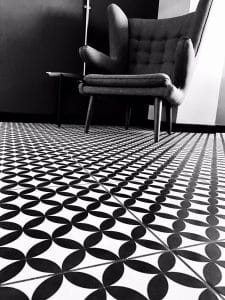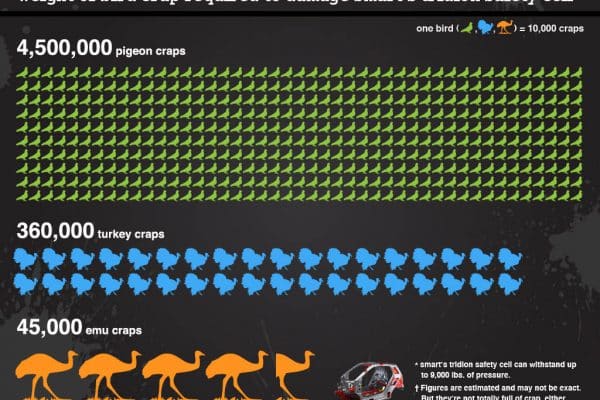Creative burnout makes you feel exhausted and drained of any interest or inspiration.
It tends to start with tasks taking longer than they usually would. For example, a proposal that usually takes you three hours to draft now takes four or five.
For me, the first signs of creative burnout are the immense struggle to have ideas and the choice paralysis I get when I try to decide what to do with my free time.
To the outside world, everything may seem normal, yet you feel like banging your head against your keyboard in frustration at how hard everything has suddenly become.
How can we get back to being creative? How can we make burnout more unlikely in the future?
Supporting creativity
Creativity needs trust to thrive.
If you’re working in an environment where that trust is hard to come by, creativity is going to be a problem.
An environment that supports creativity is one where we’re not afraid to be wrong. You might think you have a stupid idea during a brainstorm – an idea so idiotic that it’s better left to die in the dark – but what if that idea sparks another, more achievable, idea in someone else?
You’ll never know if you’re too afraid of being wrong to speak.
Variety feeds inspiration
Sometimes, we can become fixated on our area of expertise. There’s also that tendency to stick with what we know we like – with what makes us comfortable.
For example, I’m terrible at formal events. People tend to take themselves too seriously at these things while I struggle not to laugh at completely inappropriate moments. (If you can sit through a wedding ceremony without imagining that the priest / vicar / person with the book isn’t Peter Cook in the Princess Bride then I envy you.)
I avoid theatre for similar reasons. There’s something about an actor being incredibly earnest a few feet away from me that just makes me want to laugh – so I just don’t go to see plays.
But I had to see Richard Armitage in The Crucible.
It was insane – and amazing.
I did something I wouldn’t normally do because ‘it’s not my thing’ and I left the Old Vic with my brain fizzing (okay, I guess that could have been the incense).
Many of us stick to the same things. We read the same kind of books, listen to our favourite musicians, watch the same TV programmes and buy the same papers every day.
But how does sticking to what we know feed our creativity? How do we spark new ideas, if the ideas we’re consuming are the same?
Freedom feeds creativity
A lot of us have creative hobbies – such as writing, photography, drawing, knitting, design and singing – there are lots of ways we can spend our free time being creative.
But when we take that hobby and make it our profession the relationship we have with that skill changes. We’re assessed on the quality of our work. We’re given deadlines. We have briefs that need to be followed, and styles need sticking to.
Unchecked, work can become a place where creativity goes to die.
Most people in PR need to be creative. They have to have ideas that make the agency or company stand out from the competition. They have to bring passion to what they write and to how they speak with journalists, colleagues and clients.
We brainstorm in boardrooms, but many of us find that our best ideas come to us on a walk or in the shower.
Being told what to do and when and how to do it isn’t the best thing for encouraging a creative mind. We all need to take time in our day to freeform ideas or to create something that’s just for us.
Creativity is a habit
We need to free some time to be creative – and to become inspired – every day.
If we fill our days with following action lists, working to briefs and attending meetings or conference calls, how can we expect ourselves to have quality ideas? While we may be able to deliver quality work, is there any real creativity behind it? Is there any passion?
Taking some time during the day to do something creative – something that you enjoy and has no end goal or productive purpose – helps you continue to bring that creativity to your work.
Planning, schedules and action lists are ways to keep our tasks on track, but the way we work can stifle creativity. We need to be proactive in creating environments – and encouraging work styles – that foster and support creativity if we want to sustain our creativity over time.
–
Featured image by Dariusz Sankowski on Unsplash






